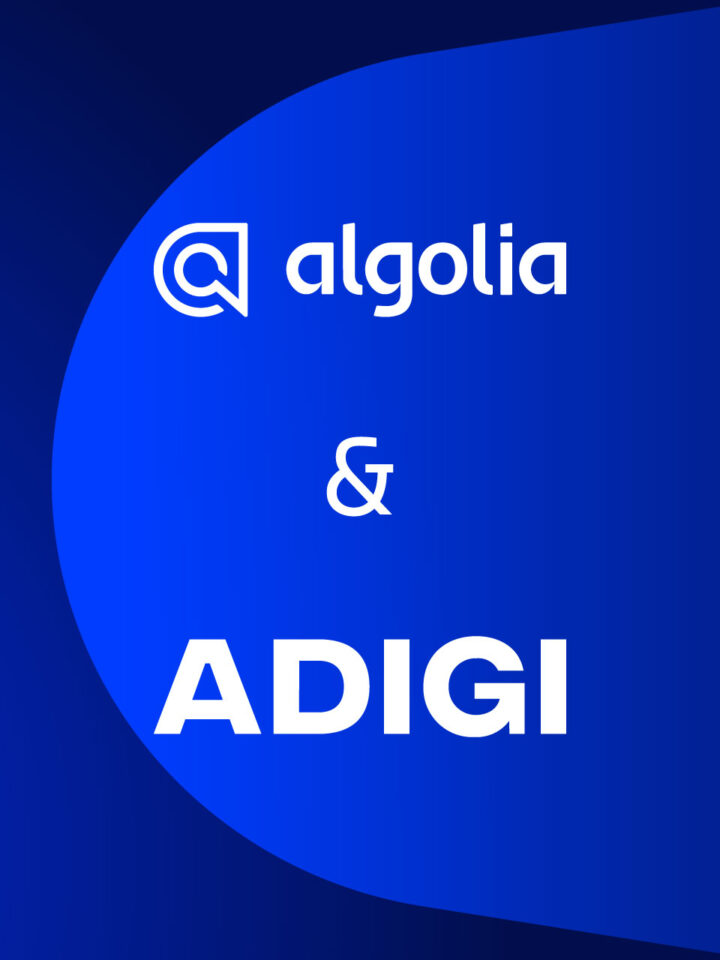1. Establish Trust
The latest figures for online shopping have not just increased in the UK but all across the globe. It is evident that more and more of us are using the internet to shop or buy goods, inherently the consumer has become much more savvy in deciding which websites they feel engage with them, not just with the content but from a visual point of view. The synergy or psychology of the high street shopping experience is something that has been carried forward onto the web and the same rules apply. With a good design, a good website structure and the products displayed in a clear format this will greatly increase your chance of a sale or conversion.
2. Ease of use
In creating a structure for any e-commerce website, it is all about how quickly can the website deliver the content or product that the customer is looking for, if it is hard to use the analogy again of the high street shopping experience comes into play, it is much like going into a shop and not being able to find the products you are looking for. If you can't navigate easily from page to page or product to product, the consumer will quickly dis-engage with the website and then will leave without making a purchase. Maximising every customer means an easy to use and clear website that works not just on your desktop or laptop. The modern savvy consumer wants to access your website on any device they wish to use, which includes mobile and tablet devices. We have seen increased sales when replacing a traditional e-commerce website with a responsive framework which has increased conversion.
3. Secure shopping
This seems obvious to everyone selling anything on the internet, the success of Amazon and Ebay on the internet has been partly down to the points made above but also the guarantees or the safety you feel from buying products from them. The majority would agree that this secure online shopping comes from seeing the padlock (https) when you enter the payment stage of buying a product online. Rather than just having a secure page on the transaction page we are now encouraging our e-commerce clients to have a secure certificate on the whole of the basket stage of buying. We have seen some remarkable results in conversion from our clients analytics from this strategy, it is clear that secure shopping experience can be key to making that all important sale.

4. Reviews
Not only do reviews about your products, services and whole customer experience help conversion, they are good for the SEO of your website as well. There is no better content or trust created about a consumers experience of shopping online with yourselves, than others who are willing to share with customers their own personal experience of buying products or services from your website. This can be done in a variety of ways and we have seen some great results with integrating Facebook and other social tools directly onto the pages of the products themselves.

5. Analyse your traffic
It really is key that you understand the customer journey on your website, to convert that individual customer into a sale, are they getting to a page and not adding products to the basket? or are they going to the product pages and not adding anything to the basket? All of this analysis is crucial to assesing what will then help to improve the conversion of your website.
Ultimately there are many more points we could make and other suggestions we could make about improving conversion on your or an e-commerce store. With a wealth of projects and experience in e-commerce we have proven strategies that could help your business.
Get in-touch to discuss how we can help you improve your conversion.



